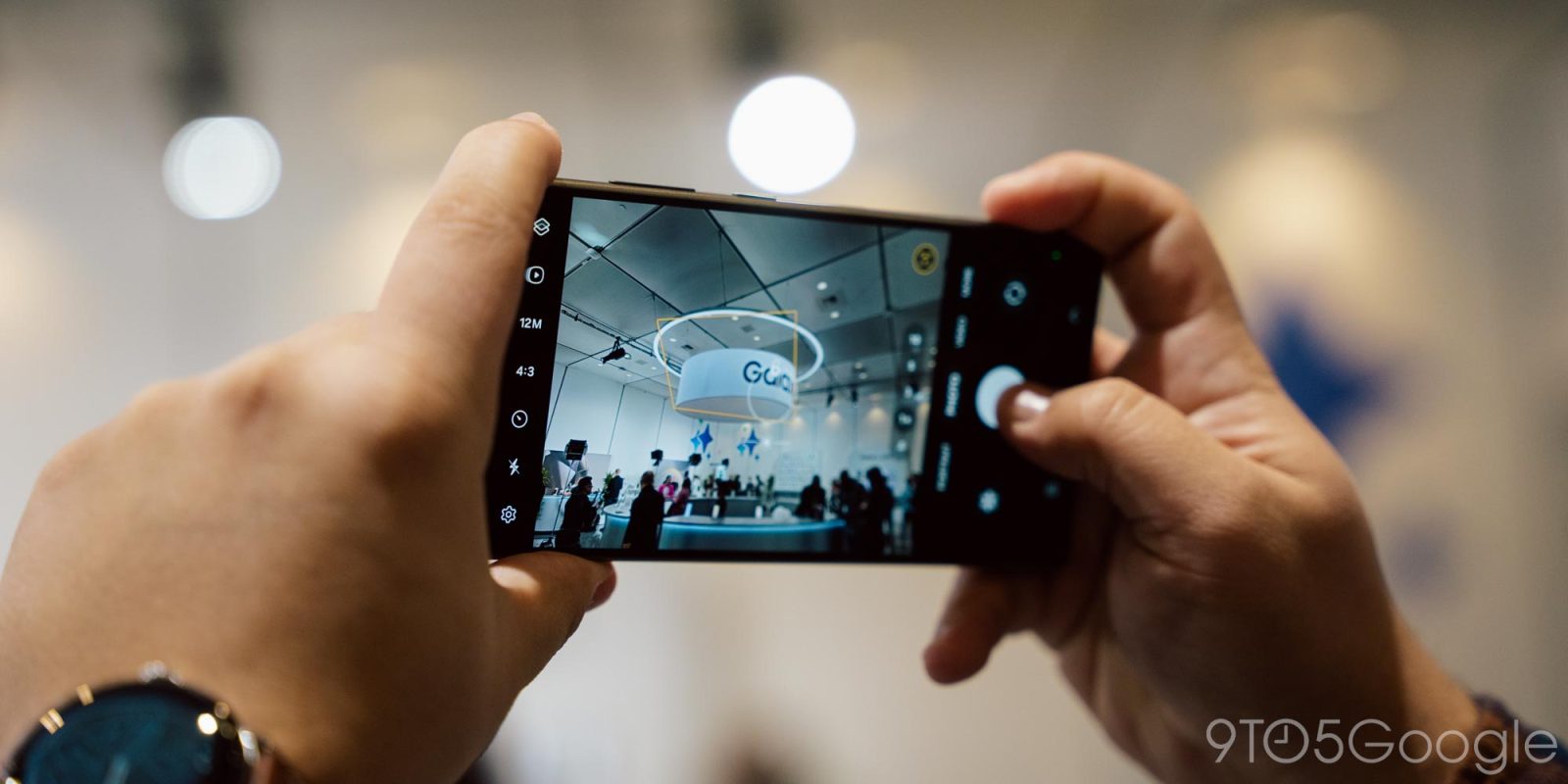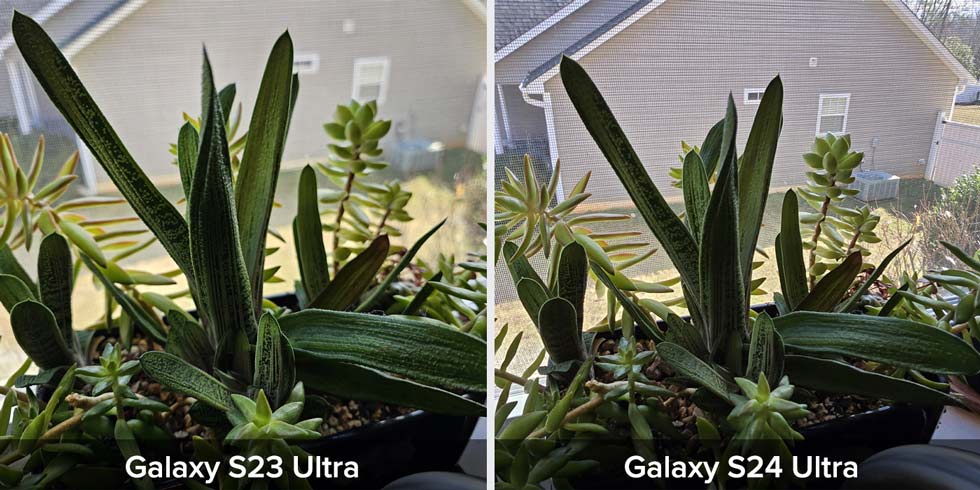
The Galaxy S24 series boasts small changes over the previous generation, with a couple of material exceptions. However, one large change is Samsung’s softer approach to camera processing on the Galaxy S24, resulting in images that look much better this time around.
Year after year, Samsung focuses on the Galaxy S series’ camera loadout, making it a main selling point for the phones. On paper, it all sounds great. The Galaxy S24 brings a 200MP main camera sensor in the Ultra and a 50MP main shooter in the S24+. Those are accompanied by 10MP telephoto and periscope lenses on the Ultra, which give it a more premium price – beyond the titanium chassis.
It isn’t all about paper, though. The Google Pixel series carries “good” sensors with midrange megapixel counts, and even still, we often refer to that phone lineup as the best in Android photography, hands down. The reason generally goes back to how Google chooses to process images once they’ve been taken, something Samsung seems to have struggled with in the past.
However, we’ve had the Galaxy S24 series in-house since launch, and we’re noticing quite a difference in how photos look this time around.
Processing with a less heavy-handed approach
With the Galaxy S23 series and previous lineups, what we often saw was a little bit of over-processing. Photos taken on a Galaxy device had a grainy look with heavier lines that seemed to be the product of an algorithm that wanted to bring the most out of an image. Because of that, photos look overcooked and generally couldn’t stand up to some of the better phone cameras.
As for the Galaxy S24, something has clearly changed in the camera. Photos look softer, possibly because less emphasis is put on a contrast-heavy HDR look. In a couple of the samples we’ve gathered, both photos taken on the Galaxy S24 show more natural tones, which is what you want as a baseline.

For example, in the Galaxy S23 photo above of Ben Schoon’s dog, Rey, you can see a lot of emphasis put on bouncing light. It looks like the S23 is trying to pull that detail out, which is like taking an underexposed portion of an image and evening it out. That look will result in a high-noise/low-detail shadow that now looks overcooked.
In the sample image taken on the Galaxy S24’s camera, the light bouncing off Rey’s snout is toned down, which gives off a far more natural image tone than that of the S23. As for the rest of the image, natural bokeh leaves detail out, but you can also see how much less detail is pulled from the pup’s leg in comparison to the shot from this year’s device.
Another image comparison takes on the same effect, with the newer phone letting darks stay a little darker, in a way that makes sense.

For the time being, these results are based on looks more than hard data. Samsung hasn’t made note of image processing improvement in this version of the device on One UI 6.1. Even with that silence, a difference is easily spotted between the two devices, with the Galaxy S24 processing images from the camera in a much more pleasing way.
As time goes on, the difference may become more apparent. Keep an eye out for our full reviews of the Galaxy S24 Ultra and Galaxy S24+ in the coming weeks. Both are currently available for pre-order with some good early benefits.
More on Samsung:
- Samsung heavily expands DIY repair program, adds Galaxy S23 and Fold 5 in US
- Galaxy S24 Ultra display is very good at blocking reflections [Video]
- Hands-on: The Galaxy S24 Ultra’s titanium is good, but the flat display is all that matters
FTC: We use income earning auto affiliate links. More.


Comments